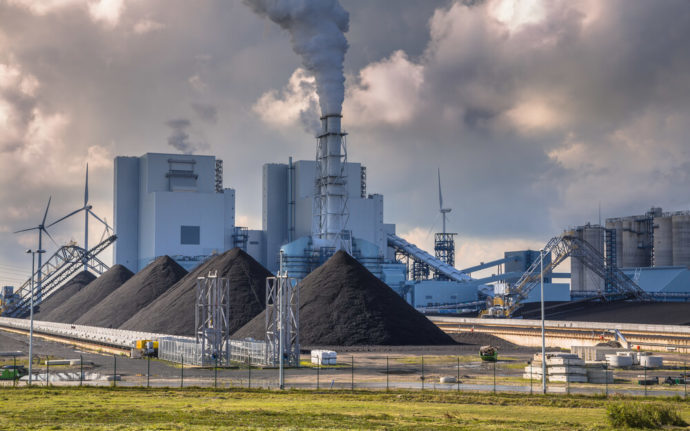Two New Coal Power Plants in MP Send Mixed Signals to Industry
Two tenders for thermal plants in Madhya Pradesh, where a new state government took charge recently, have raised more questions than answers. The plants, with a capacity of 1320 mw each, are ostensibly to help the state manage its baseload demand from 2022 onwards.
 Casting a Shadow Over Renewables
Casting a Shadow Over Renewables
Coal power plants, which have become an almost unfashionable term to use when it comes to the energy grid, notwithstanding their critical role, are back in fashion in Madhya Pradesh at least. A recent tender by the newly elected Congress state government there has specified two thermal power plants of 1320 MW each, as the state prepares to plan for life after 2022, when a raft of PPA’s it has signed run out. The proposed plants are expected to come up in Anuppur and Chhindwara districts.
What is interesting about this move is two factors. The price of electricity fro these power plants, estimated variously at between Rs 5.50 to Rs 6.50 by industry experts, and the signal it sends to India’s distressed thermal sector. First, the price. While it is no secret that the price of renewable energy has come down to Rs 3 levels, it is also no secret that renewables remain incapable of meeting a really significant portion of power requirements for now. Adding on a storage option, which could make renewable energy more consistent, remains prohibitively expensive, adding on a cost of Rs 4 and above to the power bill. In other words, renewable energy with storage will cost Rs 8 and above, making it uncompetitive with thermal yet. Thus, there is no really convincing argument against the new coal plants , even though their electricity cost is way higher than older plants.
Which brings us to the second issue. At a time when the stranded capacity in the thermal sector is close to 40 GW (including 15 GW that has not been constructed yet), the idea of going for fresh plants seems odd. Even the national power champion, NTPC, is focused on completing projects in hand till 2020, with no new fresh projects taken up for the period post that. Plant load factors , or PLF at its thermal plants have been on a downtrend at close to 72%, though it performs much better than average national PLF rate of around 60%. And we are not even getting into stranded gas based power plants, stuck due to the high cost of gas. That leaves a lot of thermal power available for ramp up, at the right price.
New environmental regulations also mean that the coal used in these new plants will have to be with a high energy content, a factor that has led to surging coal imports for India. Domestic coal has delivered low efficiencies, making one wonder about the projections for the planned new plants . Global coal prices will also remain volatile, where, even as demand from developed economies tails off, producers, notably Glencore, have also pledged to control further supplies or cap them.
Finally, financing, a critical aspect of new project in the sector, will be scrutinised very closely for these projects, making a number of prospective institutions stay away. With global institutions like the World Bank pledging to stop financing coal power, domestic institutions in India, even though under no such pressure due to environmental reasons, are certainly feeling the pinch with a financial crisis in the sector. That in itself might be the biggest stumbling block for the quick progress of these plans.
MP, which has made a major push for renewables with the RUMS project among others, seems determined to take a temporary break from the renewables push, almost as a knee jerk reaction to move away from everything the previous government did. We believe that the state needs to explore the possibility of typing up with existing power producers more actively, besides an even stronger push into renewables, where battery storage costs might actually make renewable power competitive with coal fired power, by 2022. The risk of having to buy more expensive power for a short window is risk that seems manageable, if the state shows a will to keep the real environmental impact from fresh coal capacity in mind.




